Where and When to Catch the Northern Lights in 2023/2024
Disclaimer: This post may contain affiliate links. Please see our Disclosure Policy and Advertiser Disclosure for details.
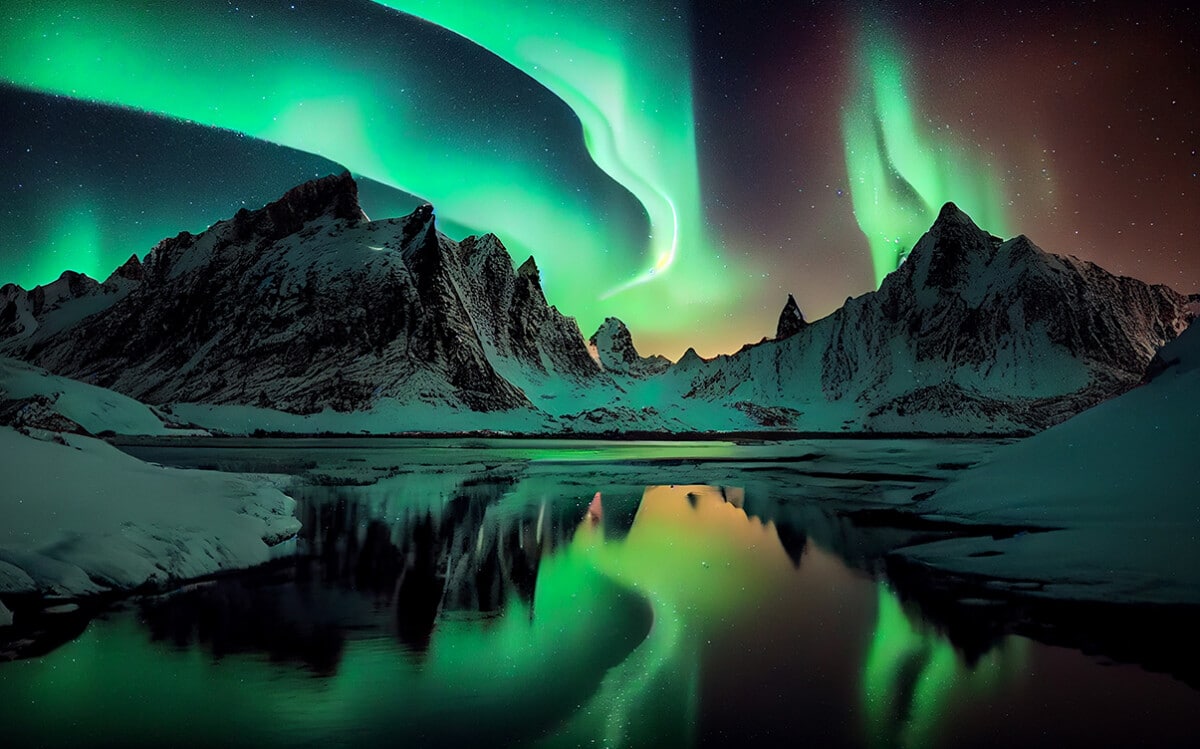
Have you ever been visiting a colleague of yours as part of an out-of-work function, a small get-together, and in the process of being served dinner, you catch a glimpse of the aurora borealis? It’s pretty rare when it’s at this time of year, in this part of the country, and localized entirely within your colleague’s kitchen. Maybe that glimpse was enough to make you want to take a dedicated trip to see the lights.
Make no mistake; the northern lights are an incredibly beautiful sight!
We’ve all seen pictures and even videos, but those don’t do it justice. It’s an ethereal, otherworldly kind of beauty that you can’t find anywhere else on Earth.
Every few months, we Americans see news stories like this one circulate about how intense solar activity, flares, or storms are creating brighter, larger-than-average auroras and how, if you live on the northern edge of the country, you might even be able to see them from your own backyard.
Truthfully, even in those rare instances, it’s barely more than a whisper of what the true majesty of the Northern Lights can bring. So, if you’re up for a little travel, where can you go to see the Northern Lights, and when should you take the trip?
Predicting the Northern Lights
The Northern Lights (and their counterpart in the Southern Hemisphere) are a quirk of physics. The sun gives off electrically charged particles in addition to the visible light and other radiation it’s constantly emitting in all directions. These charged particles streak toward the Earth, but most of them are caught in the Earth’s natural magnetic fields and deflected back out into space. Some, though, twist inward and head for the ground.
Of course, there’s a lot of stuff between space and the ground. All of the gasses in the atmosphere serve as a barrier to those solar particles. When the charged particles hit the atmosphere, they will eventually collide with atoms of gas. That collision delivers energy to the gas, which heats up that particle to the point where it emits light. The same basic concept – using electrical charge to heat up gas atoms to produce colored light – is the same concept behind neon signs.
The sun is constantly emitting immense amounts of energy, but it’s not uniform or consistent. The sun is a roiling mass of continual nuclear reaction, and it comes and goes in unpredictable patterns across the surface. Sunspots, solar storms, and other factors all bring that solar energy in waves and sheets rather than a constant, uniform pressure. It’s just like how a campfire flickers and sputters, just on an incomprehensibly massive scale.
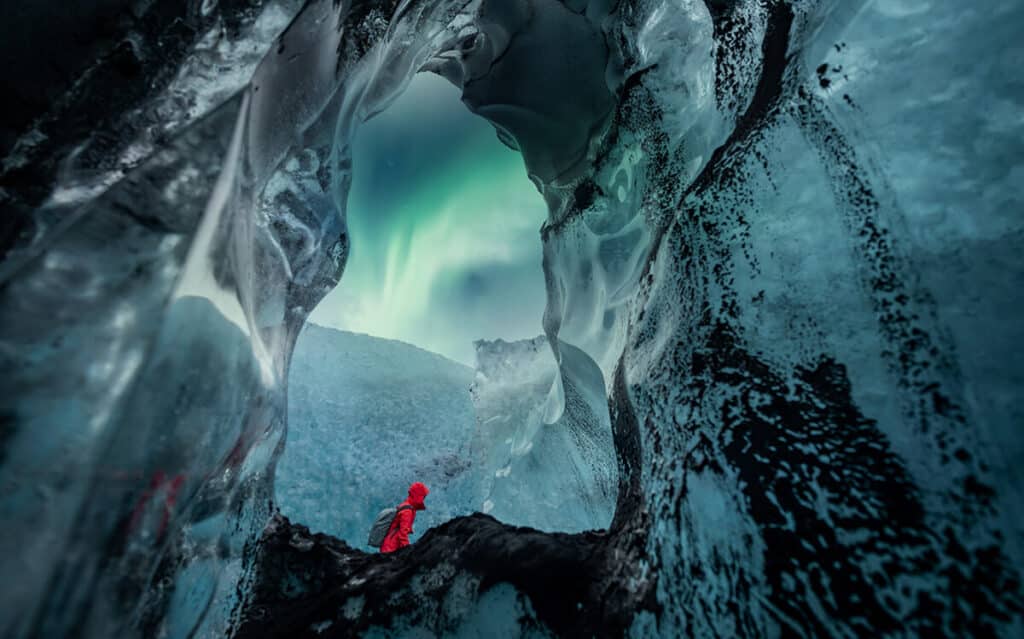
All of this means that it can be difficult to accurately predict the Northern Lights.
We have short-term predictions – the National Oceanic and Atmospheric Administration even has near-live maps and charts – but that’s for short-term predictions. We don’t have the instruments, the distance, or the capacity to truly predict the sun with enough accuracy to predict the best days for solar activity a year in advance.
All that is to say: we know broadly when to view the aurora and where it’s best seen, but there are enough variables that you should plan ahead and give yourself leeway.
You don’t want to take a big international trip to see the aurora only to have it be too cloudy that day.
Where in the USA to See the Northern Lights
Unfortunately, the northern border of the United States is largely outside of the range of all but the most extreme Northern Lights, and we are, of course, much too far north to see the Aurora Australis.
The one exception to this is Alaska. Being so much further north than the rest of the country, Alaska is the go-to destination for Americans who don’t want to travel to another country but still want to see the northern lights.
Even then, the furthest north you can get and still be in a reasonably-sized city is Fairbanks, Alaska. There are certainly locations further north, but they’re much harder to get to, and you’ll need to take private flights or make individual arrangements, and even then, it can be tricky. Places like Wainwright (the third-largest city in the northern borough, with a population of just over 600 people) or Nuiqsut might be options.
Pro tip: If you’re going to a small town in northern Alaska, don’t go just to see the northern lights. Not only are you likely to be disappointed, you’ll be bored the whole time you’re waiting. Instead, plan to have a lot of outdoor, backcountry adventures in the wilderness, and treat the aurora as a bonus if you see it.
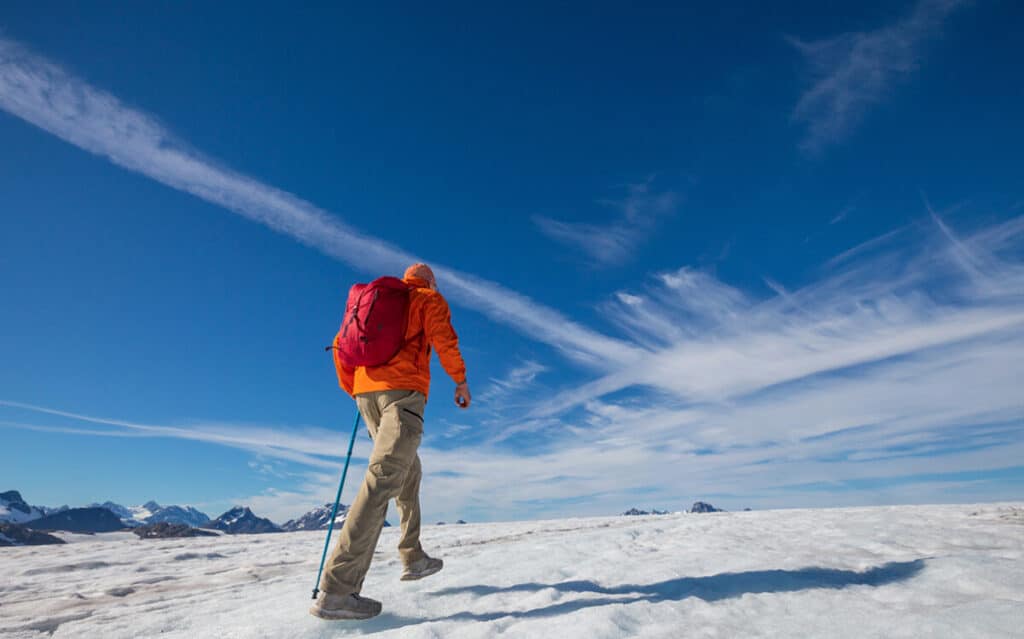
Unfortunately, your other options in the USA are pretty limited. In rare cases, when solar activity is high, you may be able to get a glimpse of the Northern Lights along the northern border of the USA. You’ll want to visit out-of-the-way locations as far from the lights of civilization as you can get. Consider locations like:
- Idaho’s Panhandle National Forest
- Maine’s Acadia National Park
- Michigan’s Headlands National Dark Sky Park
- Michigan’s Isle Royale National Park
- Minnesota’s Cook County area
- Montana’s Glacier National Park
99% of the time, when you spend a night in one of these locations, you’re not going to see the Northern Lights. Even when you do, it’s not going to be as impressive as it would be if you left the country and visited a place with a better view. So, where else might you visit?
Where Internationally to See the Northern Lights
The further north you go, the better your chances of seeing the Northern Lights in their full glory. Of course, if you check out that map, you can see that they’re actually an oval around the north pole, not a “cap” of light on the tip of the planet. That’s because of the physics of magnetics and electricity. Ironically, it means the actual North Pole would not be a very good place to see the aurora!
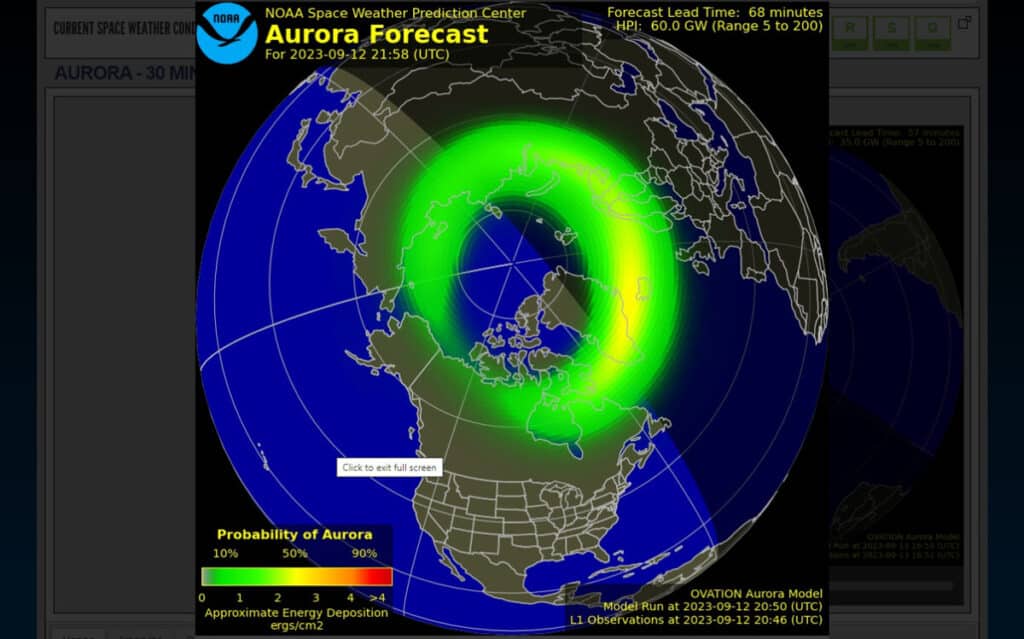
So, what are some of your options for booking international trips to see the Northern Lights?
- Norway. Norway has a lot of different locations to visit where you can see the Northern Lights, and because of their location, you can even see them during the day during those times of the year when the tilt of the Earth makes it dark during the daytime. Tromsø is the largest city to the north to visit, but if you don’t mind smaller towns or backcountry, there are a ton of options.
- Finland. Part of the same geographic cluster as Norway, Finland also offers a lot of dark northern areas where you can see amazing Northern Lights experiences. Places like Kakslauttanen – an arctic resort dedicated to watching the lights from glass igloos – are excellent options for the less backcountry-inclined. Otherwise, there’s tons of wilderness to explore.
- Sweden. Third in the Scandinavian trifecta, Sweden doesn’t go quite as far north, but hubs like Kiruna still allow you to find excellent places to camp out and watch the sky.
- Greenland. While most of northern Greenland isn’t really inhabited, there are some enclaves of civilization you can find as hubs to check out the lights. One of the most popular is Kangerlussuaq, a former military base turned tourist destination, which has an average of 300 clear nights every year, meaning it’s much less likely that your aurora will be covered by the clouds.
- Northern Canada. Canada is immense and has millions of hectares of untouched wilderness up in the Yukon, the Northwest Territories, and Nunavut. Even the further northern reaches of Quebec on the shores of the Hudson Bay can give you some excellent views. There are so many possible places to choose from that we can’t possibly give you more than a general recommendation.
- Iceland. Iceland is one of our favorite international destinations, between the waterfalls and the raw, untouched power of nature throughout the island nation. We love visiting, even if we visit during a time of year when the Aurora isn’t visible. It’s hit or miss seeing the Lights from Iceland, but no trip to Iceland is ever wasted, trust us.
You can also see the Northern Lights from large swaths of northern Russia, but Russia isn’t exactly the most tourist-friendly destination, especially with a war on, so we don’t recommend it.
Should You Book a Northern Lights Tour?
That’s up to you!
Northern Lights tours can be anywhere from single-day trips to week-long journeys and can cost anywhere from $2,000 to $10,000 for the package. You can even get cruises that launch out to sea to get the best, darkest possible skies to see the aurora.
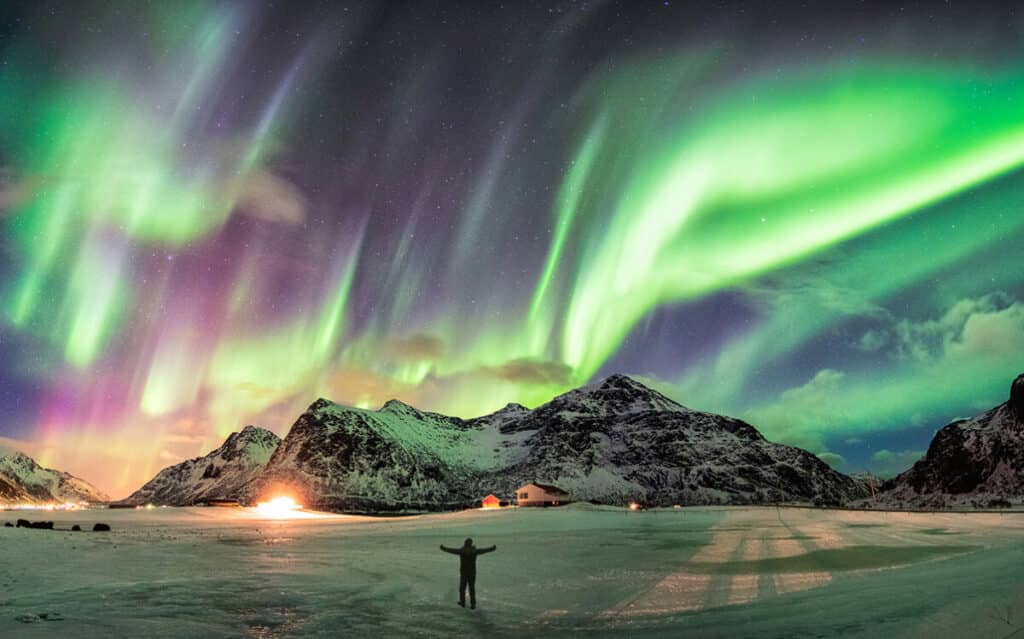
There are a few downsides to tours. For one thing, you’re taking the tour with other people, and you don’t have a lot of control over what you see and do. Tours also may or may not be friendly to issues; some will have a disclaimer that you might not see the Lights, and if you don’t, tough luck. Others will allow you at least one do-over to try to see them again another night.
Tours run the gamut, so it’s really impossible to generalize across them all. Pick a destination, plan things to do at that destination, and if you feel like trying to take a tour to see the lights, book it as part of your trip. Otherwise, just have your adventures and treat the aurora as a bonus.
When is the Best Time to See the Northern Lights?
Here’s the hard part: timing the Lights.
Solar activity is broadly unpredictable. Unlike things like eclipses or comets, they can’t be predicted very far in advance. The only reason we have things like that 30-60-minute map we linked above is because there are monitoring satellites out in space keeping an eye on solar activity.
There are three factors you’ll want to consider.
First is the time of day. To see the aurora, it needs to be dark; otherwise, sunlight will overcome the faint lights of the aurora. The darker it is, the better. You can still see the Lights when a full moon is out, but it’s better if it’s not. That said, in northern areas where you have full days of darkness, you can even see the Aurora at noon under the right conditions.
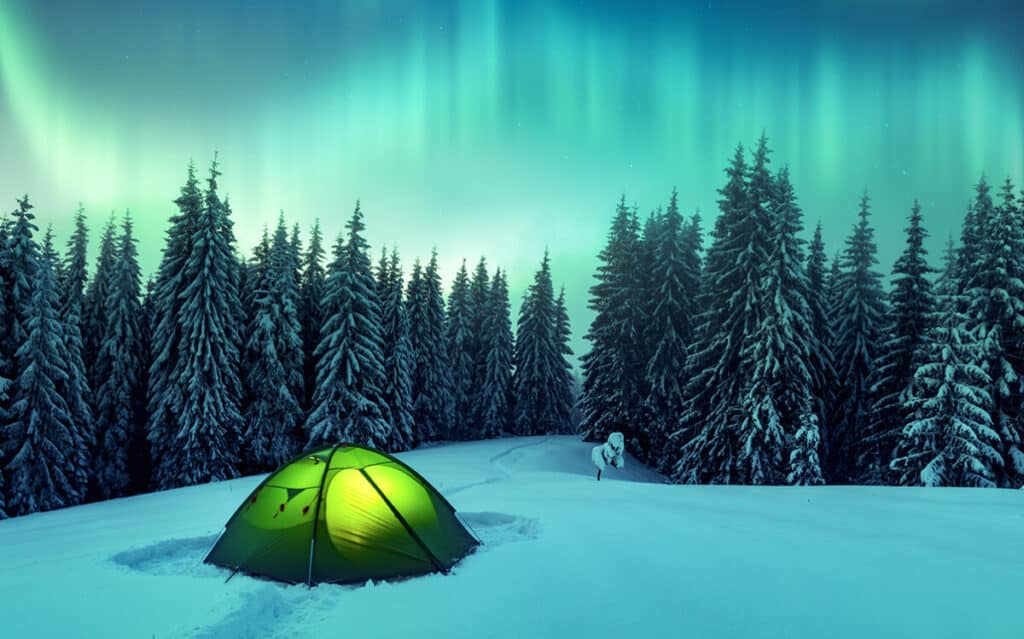
The second is the time of year. There’s an “aurora season” where some people swear that auroras are more common, but it actually kind of varies. Instead, consider:
- The same dark-during-the-day effect means, in the opposite season, it’s light even at night. You won’t see the aurora during those times.
- Some months tend to have cloudier, rainier, or more obscured weather, preventing you from seeing the aurora. This varies by location.
- The better months tend to be the colder months, so you need to be prepared for deep winter adventures if you’re going to go aurora hunting.
Many people recommend January, February, and March as the best times of year for most aurora hunting. April through August tend to be more obscured by light and haze, so it’s harder to see or detect the Lights. September and October are also nice if you don’t want deep winter weather, but you have less of a chance to see the Lights. November and December are great if it’s clear, but it’s often not, as the winter snowstorms pile on.
The third factor is the time of the solar cycle. The sun has a roughly 11-year cycle of activity, and the more active the sun is, the stronger and more frequent the auroras will be. Luckily, predictions put 2024, 2025, and 2026 as the peak years of the cycle, so this is the best time for a decade to go see auroras!
Planning an adventure to go see the Aurora Borealis can be a great way to kick-start some international travel and reignite your passion for the natural world. We love it, and we wholly recommend that you give it a try, too. Just remember the biggest tip of all: plan to do a lot of things and have fun on your trip. Don’t single-focus on one thing like the Aurora that will leave you disappointed if it doesn’t show up.
You may also enjoy:
4 Comments
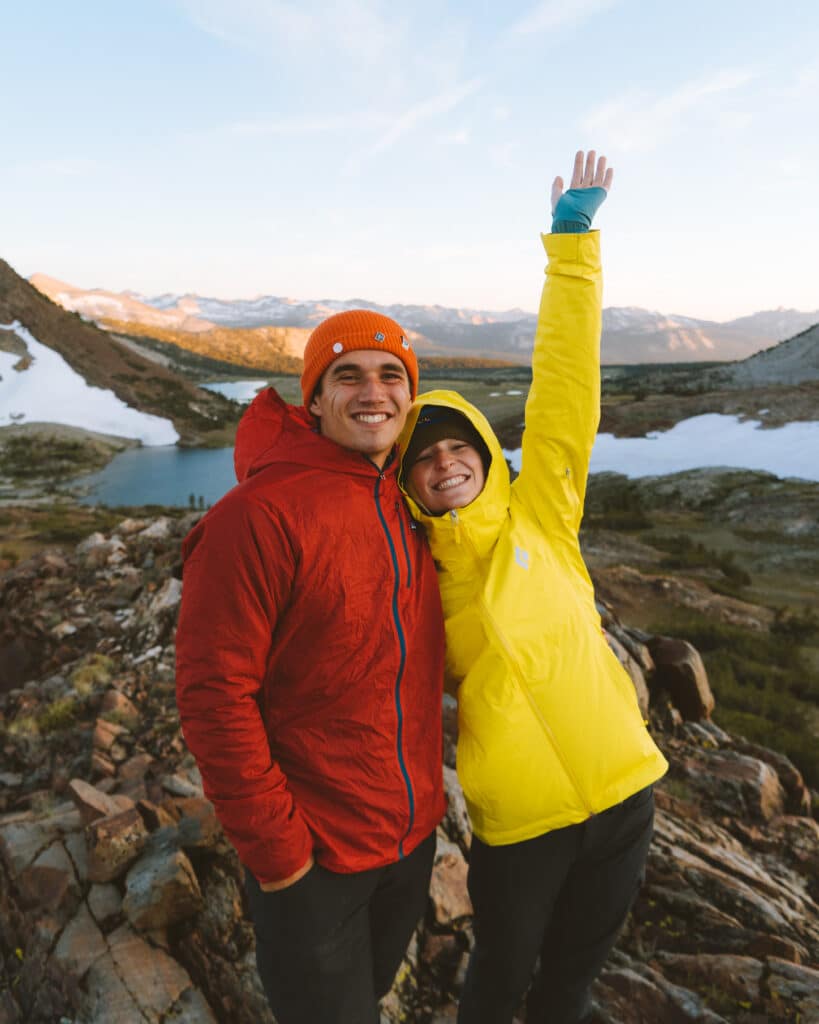
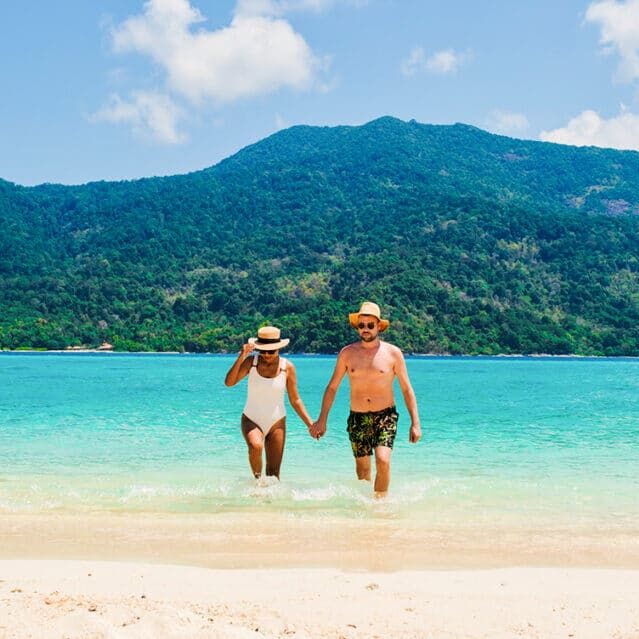
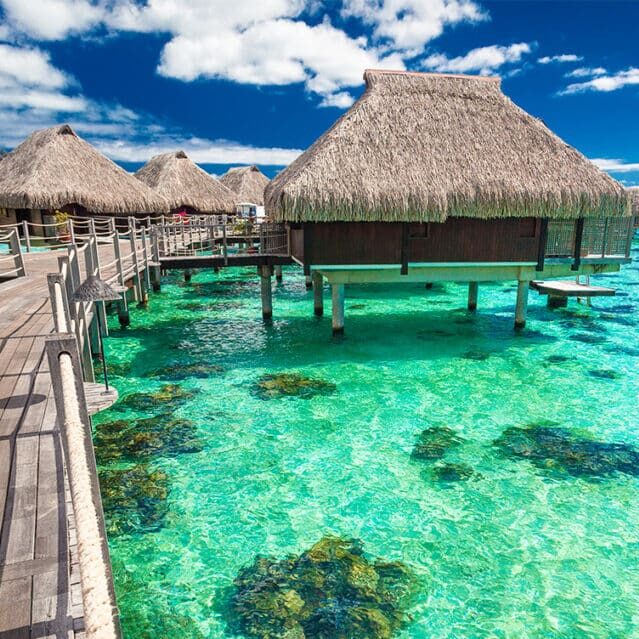
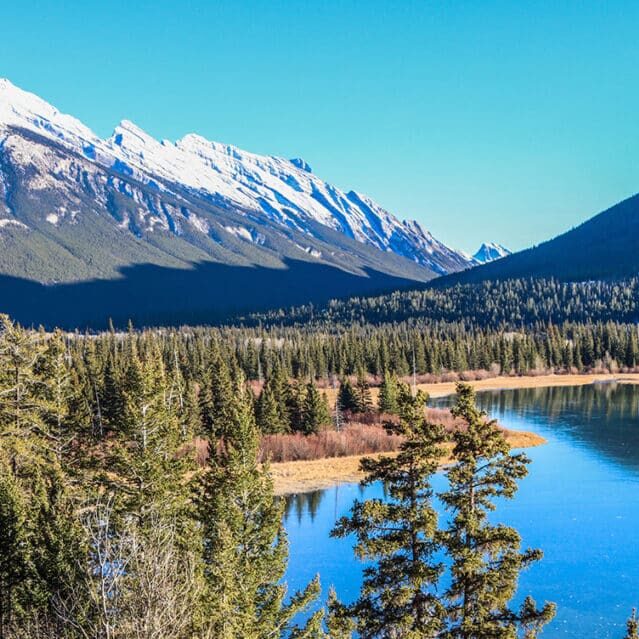
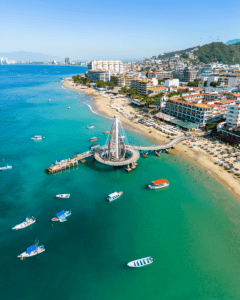
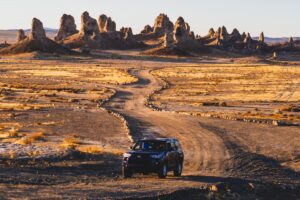
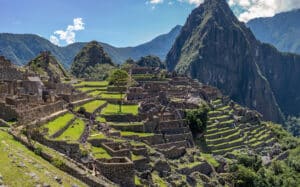

We want to see the Northern Lights. Preferably Norway or Finland. We are 70 and not hikers. What can you recommend?
For a relaxed Northern Lights experience in Norway or Finland, consider staying in a cozy “Aurora Cabin” or “Glass Igloo” where you can watch the lights from the comfort of your bed. Many places offer these accommodations with all amenities, ensuring a magical yet comfortable experience for you. 🌌🛏️😊
What about Alaska?
Hi Yvonne! If you’re heading to Alaska to catch the Northern Lights, Fairbanks is your best bet! But places like Denali and Chena Hot Springs are pretty awesome too, especially between September and April. I hope you catch the Northern lights this year!